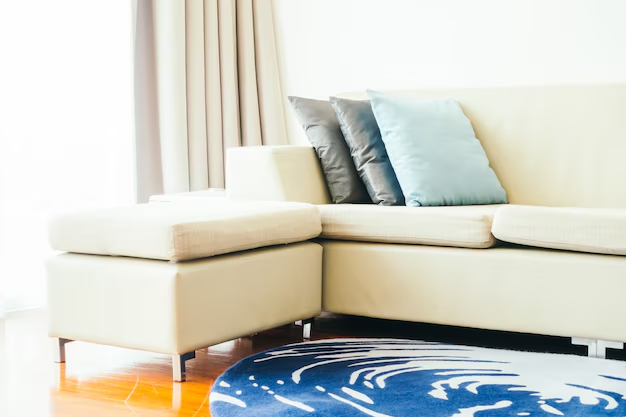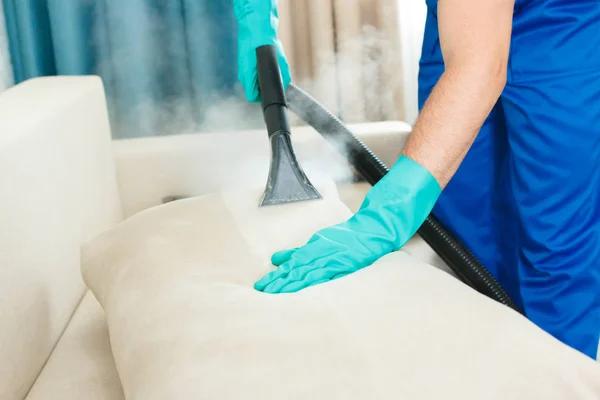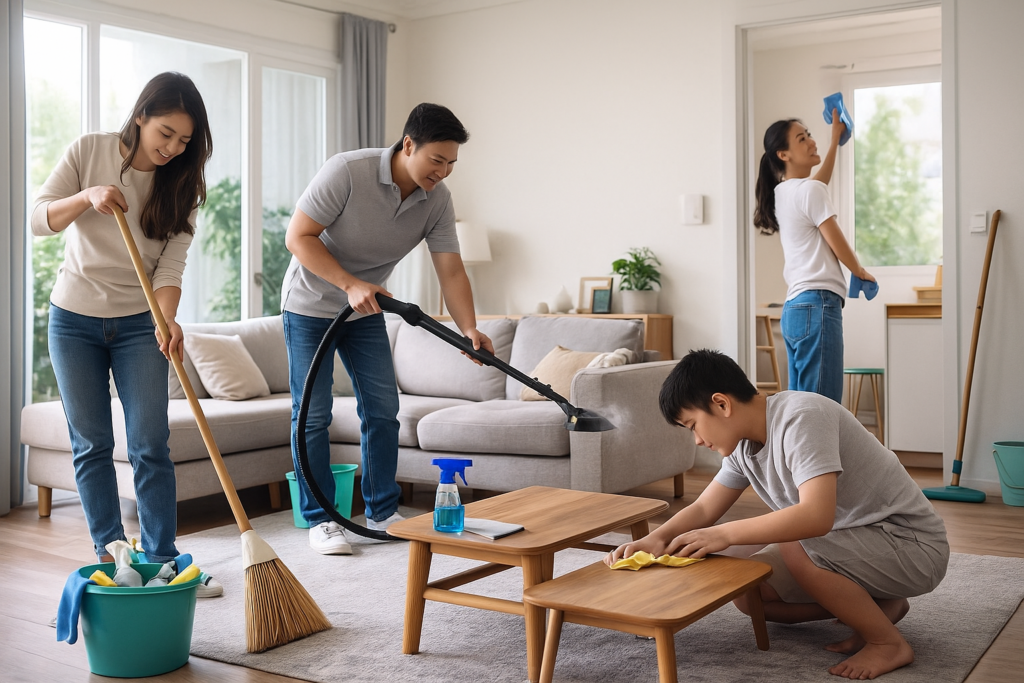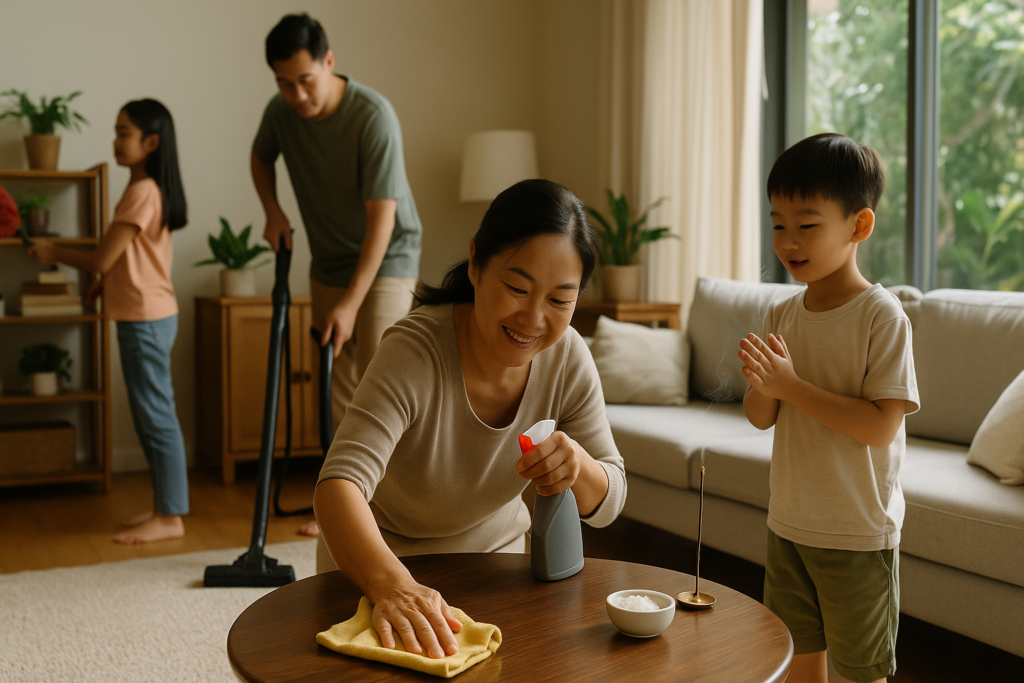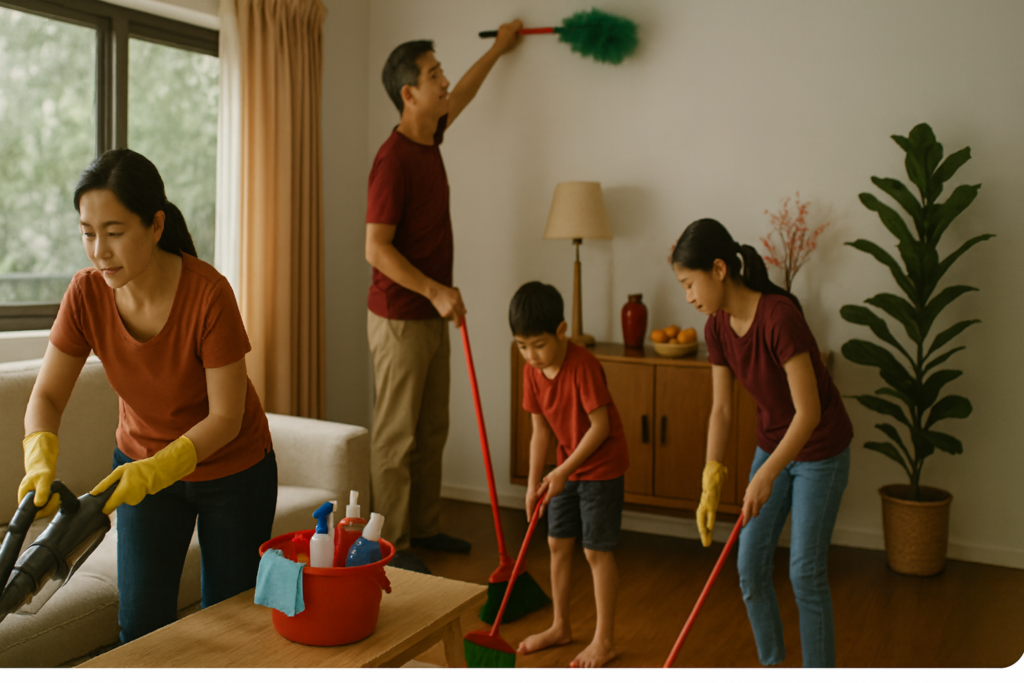Are you aware of the relationship between indoor air quality and your upholstery? Your upholstery, whether in your home or office building, can be affected by the air and any pollutants in it. But it doesn’t stop there. Did you know that the condition of your upholstery can also impact air quality?
In this article, we will tackle the impact of poor indoor air quality on your furniture. Understanding how it works is crucial for achieving indoor cleanliness and general well-being. Let’s get started.
Indoor Air Quality and Upholstery – An Interconnected Relationship
The state of your upholstery and your home’s indoor air quality are more intertwined than you might think. The fabrics and materials used in furniture can trap allergens, release chemicals, or even encourage microbial growth. At the same time, your environment can deposit dust, moisture and pollutants onto upholstery, possibly leading to aesthetic and structural damage.
How Air Quality Affects Upholstery
Accumulation of Dust and Allergens
Poor indoor air quality significantly increases the accumulation of dust and allergens on upholstery. When airborne particles settle on fabric surfaces, they become trapped within the fibres. This accumulation of pollutants affects the cleanliness of the upholstery and diminishes fabric durability over time.
Regular exposure to dust and allergens can lead to furniture discolouration and degradation of materials. That means your furniture will need more frequent cleaning or replacement.
Mould and Mildew Growth
High humidity levels, coupled with poor ventilation, create ideal conditions for mould and mildew growth on upholstery. Fabrics that remain damp are particularly susceptible to these microorganisms.
Over time, mould can cause irreversible damage to upholstery while posing serious health risks to occupants. These health risks include respiratory issues and allergic reactions.
Discolouration and Odour
Pollutants such as smoke, chemicals from cleaning products and volatile organic compounds (VOCs) can lead to discolouration of upholstery fabrics. Additionally, these pollutants contribute to odours that can linger in your home. The combination of these factors not only affects the aesthetic appeal of furniture but also impacts overall indoor air quality.
How Dirty Upholstery Affects Air Quality
Upholstery as a Dust and Allergen Trap
Upholstered furniture acts as a trap for dust and allergens, collecting particles like pet dander, pollen and dust mites within its fibres. When you sit or move on upholstered surfaces, these allergens are released back into the air, contributing to poor indoor air quality. This cycle can exacerbate respiratory issues for sensitive individuals.
Off-Gassing from Upholstery Materials
Newly purchased furniture often contains materials that release VOCs through a process known as off-gassing. These compounds can influence indoor air quality by introducing harmful chemicals into the environment.
Understanding which materials are used in upholstery can help consumers make informed choices that favour healthier indoor spaces.
Contribution to Microbial Growth
In poorly ventilated areas, upholstery can foster an environment conducive to mould and bacteria growth. Mould, in particular, not only degrades fabric integrity but also poses health risks through airborne spore release. Regular maintenance is essential to prevent such microbial proliferation.
Tips to Mitigate Negative Effects of Poor Indoor Air Quality
Improving Air Quality for Upholstery Care
Ensuring regular air circulation within living spaces enhances air quality and upholstery longevity. Utilising indoor air purifiers can help remove airborne pollutants, while dehumidifiers prevent moisture-related damage. These practices contribute to a healthier environment.
Maintaining Upholstery to Improve Indoor Air Quality
Regular vacuuming is crucial for removing trapped allergens from upholstery. Hire professional cleaning services periodically to ensure deep cleaning that eliminates dust mites, pet dander and other harmful particles. Furthermore, opting for upholstery made from low-VOC or natural materials can significantly improve indoor air quality.
Environmental Considerations
Choosing sustainable upholstery options reduces VOC emissions and promotes environmental responsibility. Eco-friendly cleaning solutions further minimise harmful chemical exposure while maintaining fabric integrity.
Common Pollutants That Affect Upholstery
Indoor pollutants – Common indoor pollutants include dust, pet dander, cooking fumes and tobacco smoke. These substances settle on upholstery surfaces over time, degrading the furniture fabric and indoor air quality.
Outdoor pollutants – Outdoor pollutants such as pollen and soot can easily be brought indoors through open windows or on clothing. These particles contribute to indoor allergen levels when they settle on upholstered furniture.
Chemical pollutants – Many cleaning products can also affect upholstery by introducing harmful chemicals that may linger in fabrics.
Health Implications of Poor Air Quality and Upholstery Maintenance
Respiratory Issues
Airborne allergens and dust trapped in upholstery are major contributors to respiratory ailments, especially for individuals with pre-existing conditions.
When dust mites, mould spores and pet dander accumulate on upholstery, they are easily released into the air when the furniture is used. These particles can irritate airways, worsening respiratory conditions like asthma or bronchitis. Consistent cleaning and air filtration systems help mitigate these effects.
Skin Irritations
Upholstery that harbours allergens or is treated with harsh chemicals can cause skin discomfort, especially for sensitive individuals.
Poorly maintained fabrics often carry dust mites, bacteria, or chemical residues that come into contact with your skin. This can lead to rashes, itching, or even allergic reactions. Using natural or hypoallergenic materials and maintaining cleanliness can prevent such irritations.
Tools and Techniques for Better Upholstery and Indoor Air Quality
Maintaining clean upholstery and healthy indoor air quality requires the right cleaning tools and methods. From cleaning products to air purification devices, adopting these practices can significantly enhance your home’s environment.
Recommended Cleaning Tools
Proper cleaning tools help eliminate allergens, bacteria and dirt from upholstery without damaging the fabric.
HEPA vacuum cleaners efficiently capture dust and allergens from furniture surfaces, while steam cleaners offer a chemical-free deep cleaning option. These tools are essential for preserving upholstery and promoting cleaner air.
Air Purification Devices
Air cleaners and dehumidifiers work hand in hand to improve indoor air quality and protect upholstery from pollutants.
HEPA-equipped air purifiers trap airborne particles before they settle onto furniture, while dehumidifiers regulate humidity levels to prevent mould growth. Together, these devices create a healthier indoor environment.
Upholstery-Friendly Cleaning Products
Environment-friendly cleaning solutions protect upholstery materials and contribute to better indoor air quality.
On the other hand, chemical-heavy products can damage some fabrics and sometimes release harmful VOCs. We recommend choosing biodegradable and upholstery-safe cleaners, which ensure effective cleaning while maintaining indoor air quality and fabric durability.
The Bottom Line
The relationship between indoor air quality and upholstery is vital to maintaining a healthy, comfortable and sustainable indoor environment. By understanding how each influences the other, homeowners and commercial property managers can take proactive steps toward better maintenance practices that enhance both comfort and health.
Regular cleaning of upholstery preserves its appearance and contributes significantly to improved indoor air quality – an essential consideration for anyone seeking a healthier lifestyle.
Start today by adopting better cleaning habits, hiring a professional cleaning company in Singapore and making environmentally friendly choices for a cleaner, fresher home.

